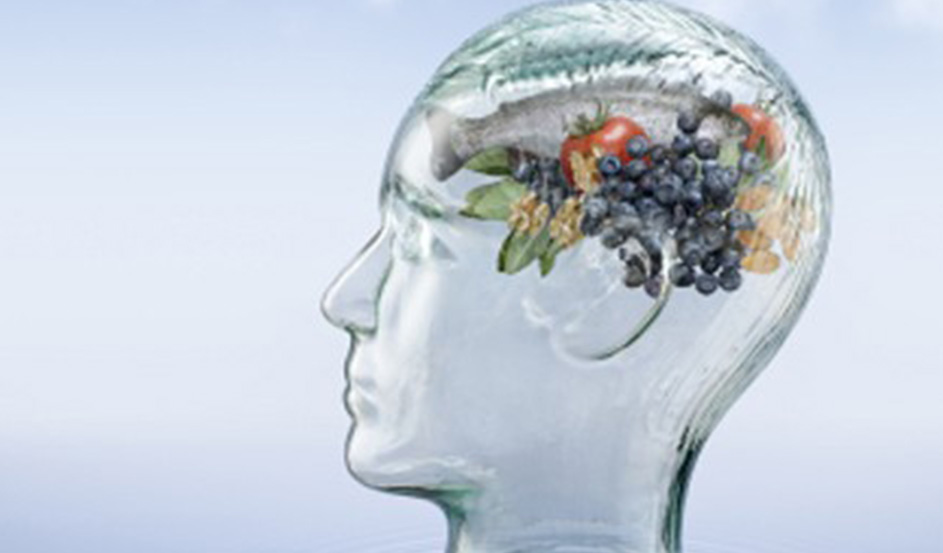
FOOD, THE BRAIN AND US: EXPLORING OUR HISTORICAL, CULTURAL AND SENSORY PERCEPTIONS OF FOOD
The Royal Institution recently held an evening event focusing on the topic of multi sensory perception of food. It was an excellent opportunity for scientists, artists, historians and food lovers to come together and explore the subject of food, which is near and dear to us all, and for which we have developed a relationship with since birth./
Professor Barry Smith – Director of Institute of Philosophy and Founding Director of the Centre for the Study of the Senses – was responsible for organising the event and bringing together an historian (Chris Woolgar), a psychologist (Charles Spence – Head of Cross modal studies at Oxford University), a chef (Charles Michel) and an artist (Caroline Hobkinson) to discuss their various points of view and united passion for the multi sensory appreciation of food. After all the speakers had given a short talk full of wonderful insights into their respective disciplines with relation to food and the senses, we were taken around the building to different rooms in which we put our senses to the test and participated in small tasting, hearing, visual and smelling exercises.
As Professor Smith explains in the video below; food has many dimensions; it is an historical object with economic value, it is a cultural object, with chemical and perceptual properties and for this reason it brings together the sciences arts and humanities. How it is presented, its aesthetics, how we enjoy it, how it works on us and how we grow it are all important elements which contribute to how we enjoy food.
The evening was intended to explore how the senses work and to encourage people to become more aware of their senses while eating and even more aware of what they are eating.
Given today’s fast paced lifestyle we often neglect to acknowledge many of the multisensory aspects which alter and guide our food preferences, choices and even enjoyment. How often have you eaten food without really doing anything more than perceiving the flavour (the combination of taste and smell). In many cases you may even only take note of the taste (sweet, salty, sour, bitter and umami) and neglect the smells – which contribute massively to flavour; during his talk Charles Spence noted that some scientists claim as much as 80% to 90% of taste comes from smell. In order to truly enjoy food it must be savoured.
We are more likely to be conscious of this when dining out in a nice restaurant, as we are in an environment for which our reason for being there is to dine and our attention is more likely focused on the food – as we look at the menu, as we make a decision, as we see the food arrive to the table, as we take the first bite and make that instant judgment on how much we like it, whether we made the right decision while looking at the menu, and of course as we eat the dish and perhaps even discuss it with the people we are dining with.
But is it only flavour that we appreciate about food? Is our enjoyment of food based solely on our olfactory and taste senses (smell and taste)? I think we can all appreciate there is more to it than that.
So let’s take a brief look at our other senses; sight (our dominant sense) plays a massive role, in many cultures around the world there are phrases along the lines of ‘we eat with our eyes first’, and it is undeniable that unless a food is presented in a manner which is appealing to us we cannot always enjoy it. This is a highly subjective issue too, as different people find different presentations of food appealing. Then you have your sense of hearing; although this may not be in the forefront of your mind when you eat, what you hear while eating (the sizzle of a steak on a hot plate or the crunch of a potato crisp) will affect your perception and subsequent enjoyment of the food. Your sense of hearing also impacts our understanding of sensorial issues such as texture, crispness, freshness etc. A stick of celery only tastes as fresh as its crunch! – No one wants a softened, limp celery stick – that sound of a fresh, crisp crunch is an indication of freshness and quality.
This brings us on nicely to the sense of touch, which before we have even bitten into a food will give us an indication as to the texture (upon which we base many of our initial expectations). That crispy duck skin may look beautifully, glazed and crisp, but it’s not until you break the skin with a knife and feel that crisp skin shattering that your brain actually confirms its initial observations. Again I’ll use the example of a celery stick, if it feels limp and soft, you will have already made up your mind about how it will feel in your mouth and the quality of the product.
So now back to the event!
All the speakers gave very interesting talks, my favourite of which were Professor Smith’s introduction and Professor Charles Spence’s discussion on the topic of Neurogastronomy. Their delivery, use of real life examples and ability to relay scientific principles in such an engaging manner was great. This is the second talk I have attended where both these gentlemen have been speakers (the first was organised by the London Gastronomy Seminars)and I would recommend anyone with an interest in food and its related areas of science, art and humanities to attend one of their talks.
I would also like to point out how important such events are to people like myself who have a genuine interest in food and its multisensory elements. They are both informative and a great opportunity to meet like minded people.
Click here for more information on multi-sensory flavour perception
Finally I leave you with a video of the night!

